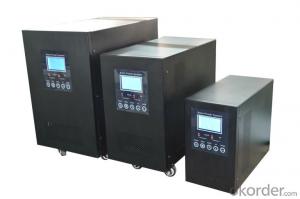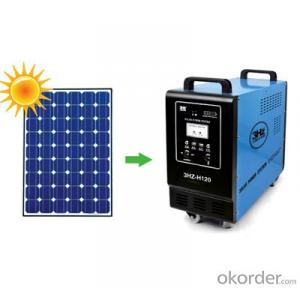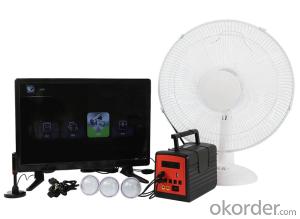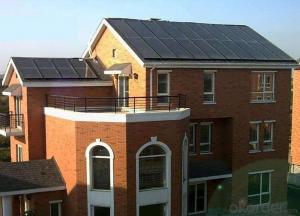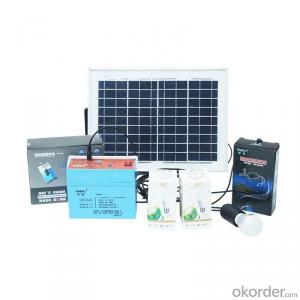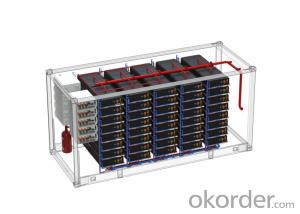Inverter Generator Solar
Inverter Generator Solar Related Searches
Ac Inverter For Solar Panels Solar Panel With Ac Inverter Gas Furnace With Ac Panda Hot Water Bottle Cover Minion Hot Water Bottle Cover Abb Solar Water Pump Inverter Solar Water Pump Philippines Extra Long Hot Water Bottle Solar Panel Dc To Ac Inverter Old Fashioned Hot Water BottleHot Searches
10 Kw Solar Inverter Price 10 Kva Solar Inverter Price 200 Watt Solar Inverter Price Solar Inverter Price Per Watt 500 Watt Solar Inverter Price Solar Inverter 500 Watt Price 1000 Watt Solar Inverter Price Solar Inverter 1000 Watt Price 800 Watt Solar Inverter Price 5000 Watt Solar Inverter Price 1600 Watt Solar Inverter Price Solar Inverter Best Company Solar Inverter Cover Stratco Solar Inverter Research Paper Solar Inverter Fire Risk Top Solar Inverter Companies Solar Edge Inverter Sizes Solar Inverter User Manual Tesla Solar Inverter Manual Solar Inverter Buy OnlineInverter Generator Solar Supplier & Manufacturer from China
Okorder.com is a professional Inverter Generator Solar supplier & manufacturer, offers integrated one-stop services including real-time quoting and online cargo tracking. We are funded by CNBM Group, a Fortune 500 enterprise and the largest Inverter Generator Solar firm in China.Hot Products
FAQ
- Yes, solar energy systems can be integrated into building materials. This is known as building-integrated photovoltaics (BIPV), where solar panels are seamlessly integrated into the design and structure of buildings, such as solar roof tiles or solar windows. BIPV offers the dual benefit of generating renewable energy while fulfilling the aesthetic and functional requirements of the building.
- Yes, solar energy systems can be used in areas with limited access to financing options. There are various alternative financing options available such as leasing, power purchase agreements, and community funding that make solar energy more accessible to people in areas with limited financing options. Additionally, government incentives and subsidies can also help reduce the financial burden of installing solar energy systems in such areas.
- The energy poverty gap can be significantly reduced through the implementation of solar energy systems, which offer clean and affordable electricity to those without access to reliable energy sources. Energy poverty affects millions worldwide, referring to the absence of electricity and modern energy services. Solar energy systems possess a key advantage in their ability to generate electricity in a decentralized manner. This makes them ideal for off-grid and rural areas that face challenges and high costs in connecting to the traditional power grid. These systems are easily installed and can be customized based on the specific energy needs of a community or household. By utilizing solar power, these systems provide a sustainable and dependable source of electricity, lessening the reliance on expensive and environmentally harmful fossil fuels. Consequently, individuals and communities are relieved of financial burdens, as solar energy becomes free after installation. Moreover, solar energy systems have the potential to drive economic development in energy-poor regions. Access to electricity enables the establishment of small businesses such as mobile phone charging stations, refrigeration units for perishable goods, and even micro-grids to power communal services like schools and healthcare facilities. These economic activities create job opportunities and enhance overall quality of life. In addition to economic benefits, solar energy systems contribute to environmental sustainability. By generating electricity from renewable sources, they reduce greenhouse gas emissions and combat climate change. This is particularly significant for energy-poor communities reliant on kerosene lamps or diesel generators, which emit harmful pollutants and contribute to air pollution. In conclusion, solar energy systems play a crucial role in bridging the energy poverty gap by offering clean, affordable, and sustainable electricity to those lacking access to modern energy services. They provide a decentralized and scalable solution that fosters economic development, improves quality of life, and promotes environmental sustainability.
- Yes, solar energy systems can still be used in areas with low sunlight. While solar panels are most effective in areas with abundant sunlight, advancements in solar technology have made it possible to generate electricity even in areas with lower sunlight levels. Additionally, solar energy systems can still provide a reliable source of energy in such areas by utilizing battery storage to store excess energy generated during periods of higher sunlight and using it during times of lower sunlight.
- Yes, a solar energy system can be connected to the grid. In fact, most solar installations are designed to be grid-connected, allowing excess electricity to be fed back into the grid and reducing reliance on non-renewable energy sources. This connection also enables homeowners and businesses to benefit from net metering programs, where they receive credits or payments for the surplus electricity they generate.
- Yes, solar energy systems can be used to power electric vehicle carpooling services. Solar panels can be installed on carports or rooftops to generate electricity, which can then be used to charge electric vehicles used for carpooling. This sustainable approach helps reduce carbon emissions and dependence on fossil fuels for transportation.
- Solar energy systems can be initially expensive to install, but they offer long-term cost savings and potential return on investment through reduced energy bills and government incentives.
- Solar energy systems play a crucial role in reducing dependence on fossil fuels by providing a clean and renewable alternative for generating electricity. By harnessing the power of the sun, solar energy systems eliminate the need to burn fossil fuels, reducing greenhouse gas emissions and mitigating climate change. They offer a sustainable solution for meeting our energy needs while decreasing our reliance on finite and polluting fossil fuel sources.





